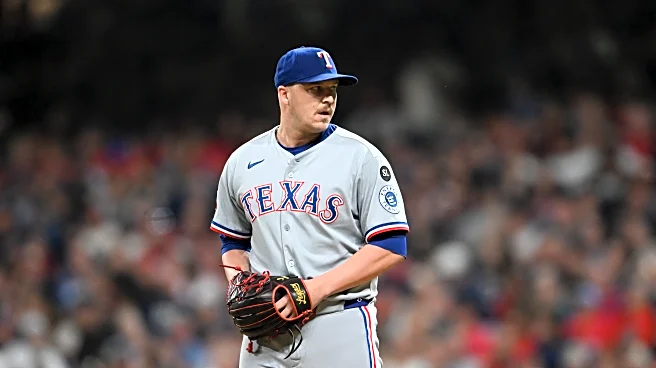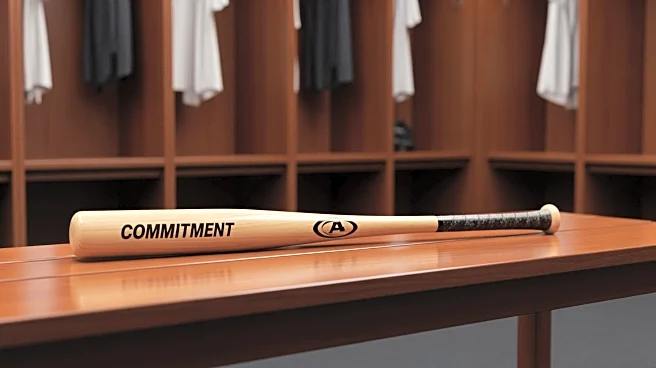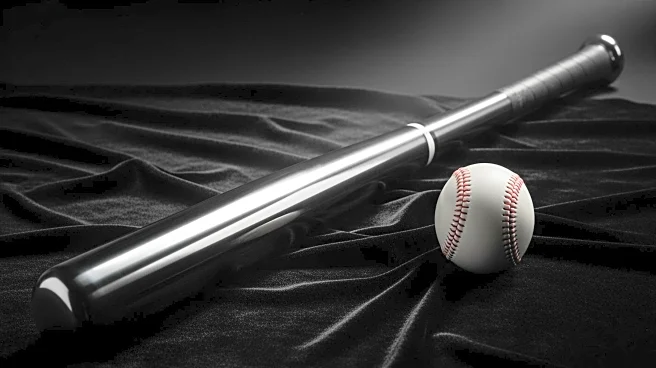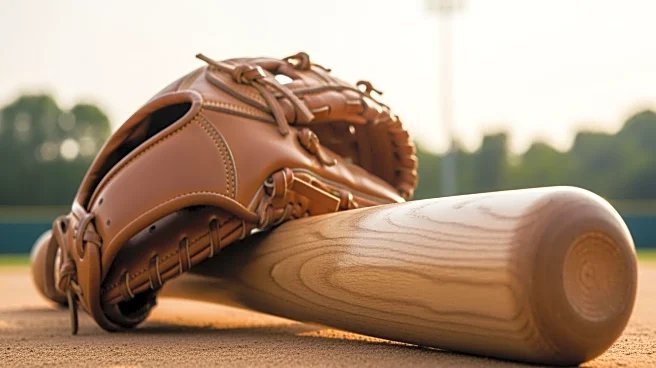With the 2025 Texas Rangers season having come to an end, we shall be, over the course of the offseason, taking a look at every player who appeared in a major league game for the Texas Rangers in 2025.
Today we are looking at relief pitcher Jacob Webb.
Jacob Webb was non-tendered by the Baltimore Orioles in November, 2024, with Mike Elias and company deciding that they’d rather not pay Webb the $1.5-2 million he’d likely end up receiving through the arbitration process for the 2025 season. It was a move that was described by our friends at Camden Chat as the second “peculiar” move of the offseason involving the bullpen, the other being the O’s declining the $4 million option on Danny Coulombe who, of course, also ended up in the Ranger pen this past season.
A few weeks later, the Rangers signed Webb to a one year $1.25 million deal with incentives. I expressed some surprise Webb got a major league deal, but noted then — and throughout the offseason — that Webb’s salary was low enough that you could release him in spring training if you wanted without taking much of a hit. He seemed like the kind of guy who you would potentially have compete for one of the final spots in the bullpen in spring training. A journeyman, a 31 year old who had been claimed on waivers twice, purchased in lieu of being claimed on waivers once, outrighted, and now non-tendered. Sounds like an NRI to me.
Webb had made no impression on my mind even though he pitched twice against the Rangers in the 2023 ALDS. He gave up a run in each of his two outings.
Webb ended up being a pretty solid and reliable member of a surprisingly solid and reliable 2025 Texas Rangers bullpen. Despite an injured list stint at the beginning of August, he was fourth on the team in appearances and fourth among relievers in innings pitched. Webb registered a 3.00 ERA on the season. After a rocky first couple of months, he put up a 1.56 ERA from June 1 to the end of the year, a span of 31 appearances covering 40.1 innings. He didn’t allow a run in his final 10 appearances of the year.
Webb is a true three-pitch reliever, throwing his fastball a little under half the time, his changeup about a third of the time, and his sweeper about 20% of the time. Many relievers with a repertoire like that would throw the changeup almost exclusively to opposite-hand batters and the sweeper almost exclusively to same-hand batters. Webb did throw the changeup more often to lefties than righties, and the sweeper more to righties than lefties, but he use all three of his pitches regularly against both.
Webb does not throw hard — he averaged 93.4 mph with his fastball in 2025, putting him at the 33rd percentile. His pitches have unusual characteristics, however. His fastball is a high spin pitch that has more rise than the average four seamer, which helps his velocity play up. His change up is extreme in shape, moving down less than most other major league changeups, but having more horizontal break. His sweeper showed an extreme amount of drop relative to other sweepers, a dramatic improvement over prior years. Statcast reflects Webb as getting 6.8 inches more vertical movement on his sweeper than the average sweeper, compared to 2.3 inches in both 2023 and 2024.
The upshot of all that is that Webb’s repertoire is unusual looking. He throws pitches which don’t move the same way most other pitchers’ pitches do, which should make it more difficult for hitters to recognize and respond to.
Webb’s walk rate dropped dramatically in 2025, to 7.1%, after having walk rates of 11.4% in 2024 and 12.9% in 2023. He also saw his strikeout rate drop, from 24.5% and 24.6% the previous two seasons to 21.7% in 2025. The net result was a walk rate that was better than average and a K rate that was around average. Never a groundball pitcher, he went more extreme that direction in 2025, putting up a career-low 33.5% ground ball rate — in the bottom 10% of major league pitchers, per Statcast.
Allowing lots of balls in play and very few ground balls is going to result in home runs, one would expect, and, well, that’s what happened with Webb, who allowed 10 bombs in 2025. Interestingly enough, 9 of the 10 homers were solo shots, with the other one being a two run, two out ninth inning Bo Bichette homer to break a scoreless tie in Arlington in early May.
The good walk rate, middling K rate and high number of homers allowed would lead one to expect a problematic FIP, and one would be expecting right. Webb put up a 4.30 FIP and 4.55 xFIP in 2025, significantly higher than his 3.00 ERA, and in line with his career 4.07 FIP and 4.63 xFIP. Webb also allowed a miniscule .219 BABIP. All that could lead one to dismiss his performance in 2025 as a fluke, especially given that he only allowed 11 runs on his 10 home runs.
However, Webb’s xERA for 2025 was 3.07 — right in line with his 3.00 ERA. That’s because Webb excelled at avoiding loud contact. His 86.6 mph average exit velocity was in the 95th percentile, while his barrel rate and hard hit rate were in the 85th and 89th percentile, respectively. He allowed just a .317 xwOBA on contact, well below the MLB average of .368. That’s something Webb has had success with throughout his career, as reflected by his .330 xwOBA on contact and .251 BABIP.
Jacob Webb was one of Chris Young’s offseason success stories, and getting non-tendered ended up working out pretty well for him, given that he appears to have earned his full $1.5 million in possible incentives in 2025 to go with his $1.25 million base salary, resulting in him getting around $1 million more than he would have had he not been non-tendered. 2026 is his final year of arbitration-eligibility, and with MLBTR projecting his salary at $2 million, it seems likely the Rangers are going to hang onto him.
Previously:












